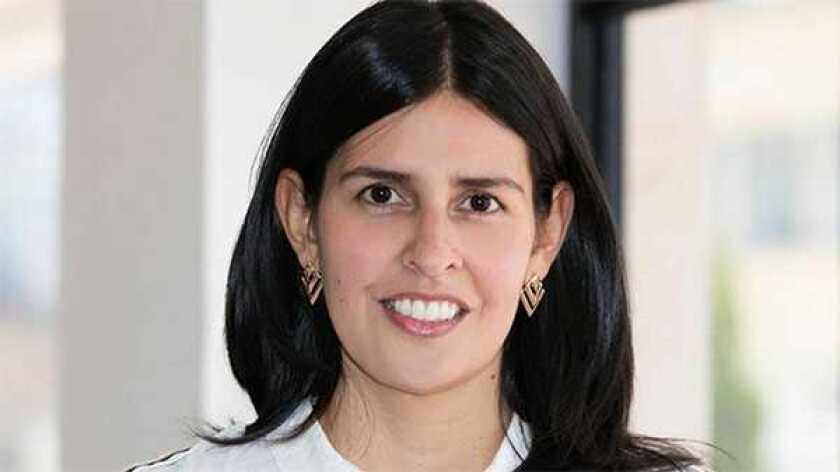Four companies, CommScope, Federated Wireless, Google and Sony, will administer the spectrum access system (SAS) on behalf of the Federal Communications Commission (FCC).
They will allow mobile operators to share the band with the US Navy, which uses the same frequency for missile-detecting radar – but only on the coast or at sea, freeing 3.5GHz for inland users.
The commercial application will be called Citizen’s Broadband Radio Service (CBRS). The Dynamic Spectrum Alliance (DSA), which has long lobbied to make the band available to other users, celebrated the FCC’s move last night.
“We are excited to see the full commercial deployment of CBRS become a reality after many years of the DSA advocating for this technology,” said Martha Suárez (pictured), president of the trade association. “This development will go a long way to making more efficient use of spectrum for next-generation technologies like 5G and fostering investment and wireless innovation.”
The FCC is setting up three categories of users, from existing incumbents such as the US Navy, to holdings of a priority access licence (PAL) and general authorised access (GAA) users.
The DSA explained that, “using database and location identification technologies, the SAS protects incumbent services while managing and deconflicting PAL and GAA access, which enables large and small entities to achieve greater network deployment and connect the unconnected”.
The idea is that any naval ships or other priority users of the 3.5GHz band will be connected to the four systems and temporarily restrict use by others when they need the spectrum.
Ajit Pai, chairman of the FCC, said that the four management systems “will enable the 3.5GHz band to be put to use for the benefit of American consumers and businesses”.
Suárez added: “The DSA is a strong advocate for developments such as these which contribute to fair and effective utilisation of the spectrum. Not only will this impact urban areas of the US by easing spectrum constraints and meeting the expectations of 5G, it will also revolutionise accessibility in rural and underserved locations.”






